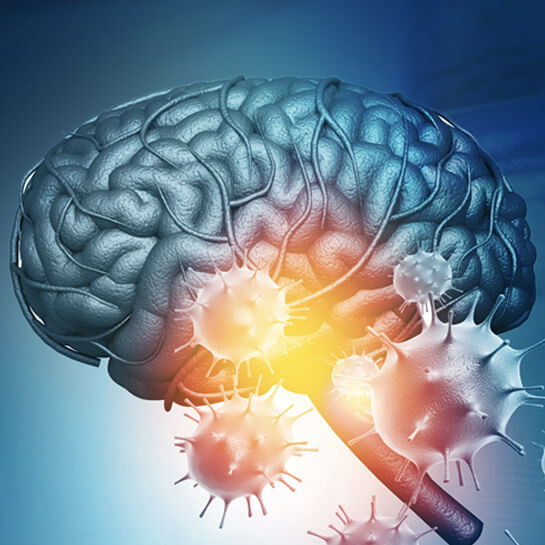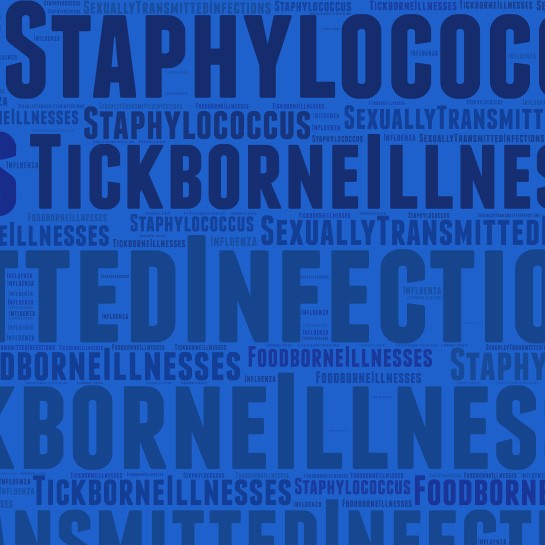Understanding Treatment
for Sinusitis
What is sinusitis?
Your sinuses are hollow air spaces within the bones surrounding your nose that produce mucus, which drains into your nose. If your sinuses become blocked and filled with fluid, germs can grow and lead to inflammation, pain, and an infection called sinusitis — a condition that plagues millions of Americans every year. Many times, the common cold, a deviated septum, allergies, pollutants, and certain diseases can cause sinusitis. Sometimes, sinusitis can be acute, meaning it lasts less than a few weeks, or sinusitis can be chronic — lasting twelve weeks or longer.
What are the symptoms of sinusitis?
The main symptoms of sinusitis include a cough, congestion, fever, weakness, and fatigue. Sinusitis can also cause a thick, discolored discharge from the nose or drainage down the back of the throat (postnasal drip); pain, tenderness, and swelling around your eyes, cheeks, nose, or forehead; as well as a reduced sense of smell and taste. Other symptoms of sinusitis can include ear pain, aching in your upper jaw and teeth, a cough that worsens at night, sore throat, bad breath, irritability, and nausea.
How does ID Care diagnose sinusitis?
First, your ID Care specialists will feel for tenderness in your nose and face, then look inside your nose and ears — this physical examination is typically all we’ll need to make an accurate diagnosis. If you have persistent symptoms, we may refer you to one of our ear, nose, and throat (ENT) specialists for additional examinations or diagnostic testing.
How does ID Care treat sinusitis?
Acute sinusitis usually clears up on its own, but to relieve your discomfort, ID Care specialists will recommend using a decongestant, saline nasal spray, heating pads, vaporizers, and over-the-counter pain relievers. If bacteria cause your sinusitis, we may also prescribe antibiotics to fight it.
SOURCE: Mayo Clinic








